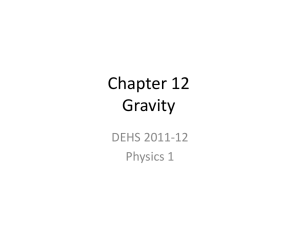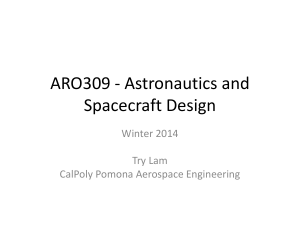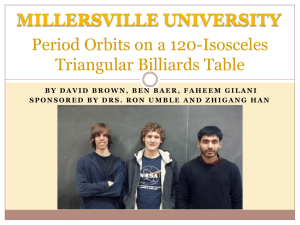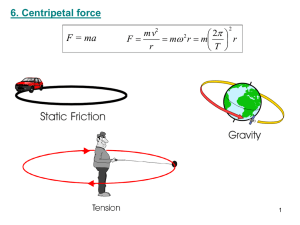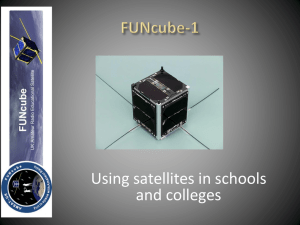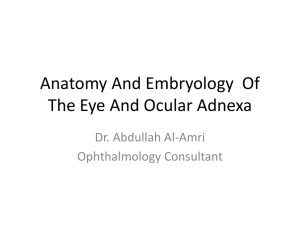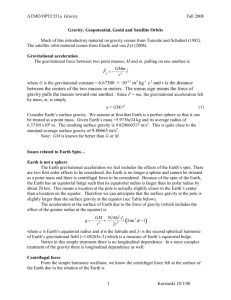Radiography of the Orbits
advertisement
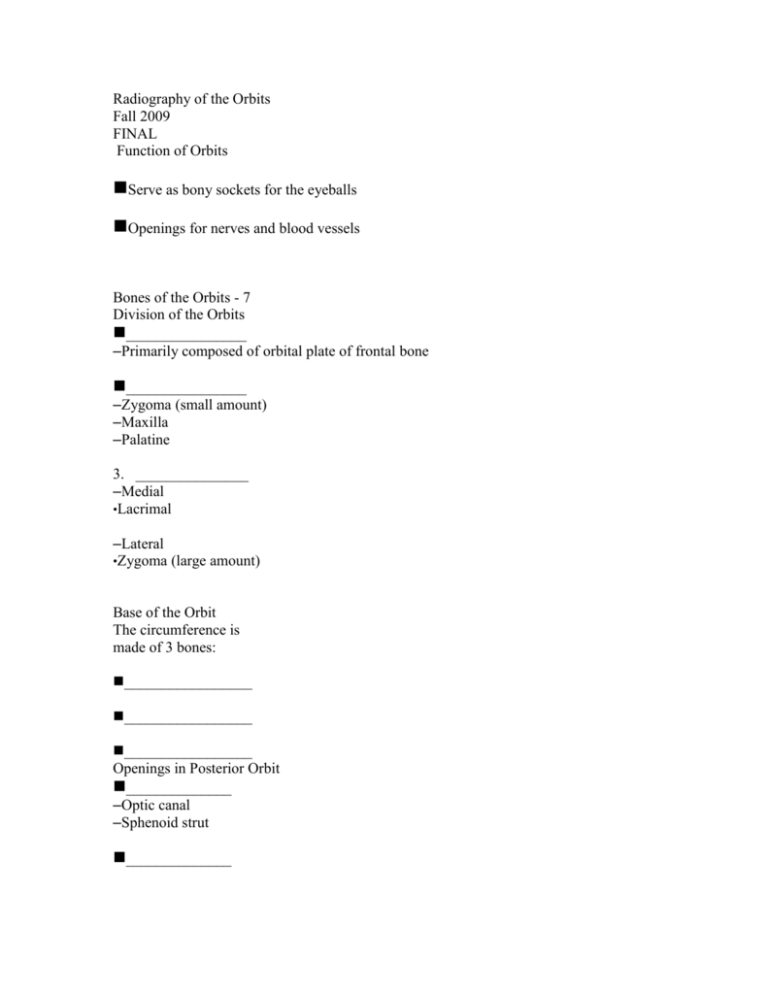
Radiography of the Orbits Fall 2009 FINAL Function of Orbits Serve as bony sockets for the eyeballs Openings for nerves and blood vessels Bones of the Orbits - 7 Division of the Orbits ________________ –Primarily composed of orbital plate of frontal bone ________________ –Zygoma (small amount) –Maxilla –Palatine 3. _______________ –Medial •Lacrimal –Lateral •Zygoma (large amount) Base of the Orbit The circumference is made of 3 bones: _________________ _________________ _________________ Openings in Posterior Orbit ______________ –Optic canal –Sphenoid strut ______________ ______________ ANGLE OF ORBITS Each orbit projects –30 degrees superiorly –37 degrees toward MSP Indications for Orbit and Eye Radiography Possible Fractures Blowout Tripod Lefort Foreign body of the eye Mechanisms producing Orbital Fractures Auto accidents Assault Falls, sports, and industrial accidents Blowout Fracture Blowout Fracture Blow to the eye Orbital floor is fractured Soft tissue herniates into maxillary sinuses Often have ocular injury _____________________ Blowout Fracture ______________________ Tripod Fracture Direct blow to zygoma Visual concave abnormalities Usually orbits are involved 4. Free floating zygoma LeFort Fractures LeFort types II & III involve the orbits Lefort II and III LeFort Fractures Type II Separation through: frontal processes lacrimal bones orbit floors, zygomaticomaxillary suture line lateral wall of maxillary sinuses pterygoid Complications ____________ system obstruction Infraorbital nerve anesthesia ____________ Malocclusion Lefort 2 LeFort Fractures Type III Separation of mid third of face at: zygomaticotemporal naso-frontal sutures and across orbital floors Complications _________________ Mal-union _________________ Lenthening of mid face _________________ system obstruction LEFORT 3 LEFORT 3 Basic and Special Projections Orbits Basic •_________________ •_________________ Special •_________________ Eyes Basic •_______________ •_______________ •_______________ Parietoacanthial Projection Waters Method Positioning ____________ ____________ Lines and planes: ____________ ____________ CR: ___________ Parietoacanthial Projection Waters Method Radiograph Distance from lateral border of skull and orbit equal on each side Petrous ridges projected immediately below maxillary sinuses Parietoacanthial Projection Modified Waters Positioning: _____________ Lines and planes _____________ _____________ CR ____________ Modified Waters Radiographs Petrous ridges projected immediately below the inferior border of the orbits Equal distance from lateral orbit to lateral skull on both sides Modified Parietoacanthial Modified Waters method Modified Waters Radiograph & Diagram Acanthioparietal Projection Reverse Waters Method Positioning _______________ Lines and planes _______________ _______________ CR _______________ Reverse Waters Radiograph Distance from lateral border of skull and orbit equal on each side Petrous ridges projected immediately below maxillary sinuses Parietoorbital Projection (Rhese Method) (PA) Optic Canal and Foramen Positioning ______________ ______________ Lines and planes: ______________ ______________ PA- CR: enters 1”superior and posterior to TEA PA- CR: exits through the affected orbit Parietoorbital Projection (Rhese Method) (PA) Optic Canal and Foramen Radiograph Optic canal & foramen visible at end of sphenoid ridge in inferior & lateral quadrant of orbit Entire orbital Supraorbital Close rim margins lying in same horizontal plane beam restriction to the orbital region Rhese Diagram and Radiograph Rhese Method (AP) Optic Canal and Foramen Positioning: _______________ _______________ Lines and planes: _______________ _______________ AP- CR: _______________ Rhese Method (AP) Optic Canal and Foramen Radiograph Optic canal & foramen visible at end of sphenoid ridge in inferior & lateral quadrant of orbit Entire orbital Supraorbital Close rim margins lying in same horizontal plane beam restriction top the orbital region Rhese Radiograph and Diagram Foreign objects in the EYE Lateral Projection (EYE) Positioning: Semiprone or seated upright Affected eye closest to cassette ___________________ Lines and planes: MSP parallel IPL perpendicular CR: ___________________ Lateral Eye for Foreign Body Density & contrast permitting optimal visibility of orbit and foreign bodies SI orbital roofs Close beam restriction PA Axial (EYE) Positioning Forehead & nose on IR. Center IR ¾ “ distal to nasion ________________ Lines and planes: ________________ CR: Through center of orbits, 30 degrees caudal PA Axial Eye Radiograph Petrous pyramids lying below orbital shadows No rotation of cranium Close beam restriction Modified Waters (EYE) Positioning: IR at level of orbits Rest pt’s chin on IR Instruct pt to close eyes and hold eyes still Lines and planes: MSP perp OML 50 degrees CR: Perp through mid-orbits Modified Waters Radiograph Petrous Pyramids lying well below orbital shadows Symmetric visualization of orbits Close beam restriction LETS REVIEW Seven Bones of the Orbit Openings and Supporting Structures of Openings of the Orbit Parietoorbital Oblique Projection of Orbits References Ballinger, P.W. & Frank, E.D. (1999). Merrill’s atlas of radiographic positions and radiologic procedures. V2. New York: Mosby Ponsell, M.R. (2003). Assessing facial fractures in the emergency room. New Jersey Richardson, M.L. (2000). Facial and mandibular fractures. Retrieved May 5, 2007 from: http//www.rad.washington.edu/mskbook/facialfx.html

